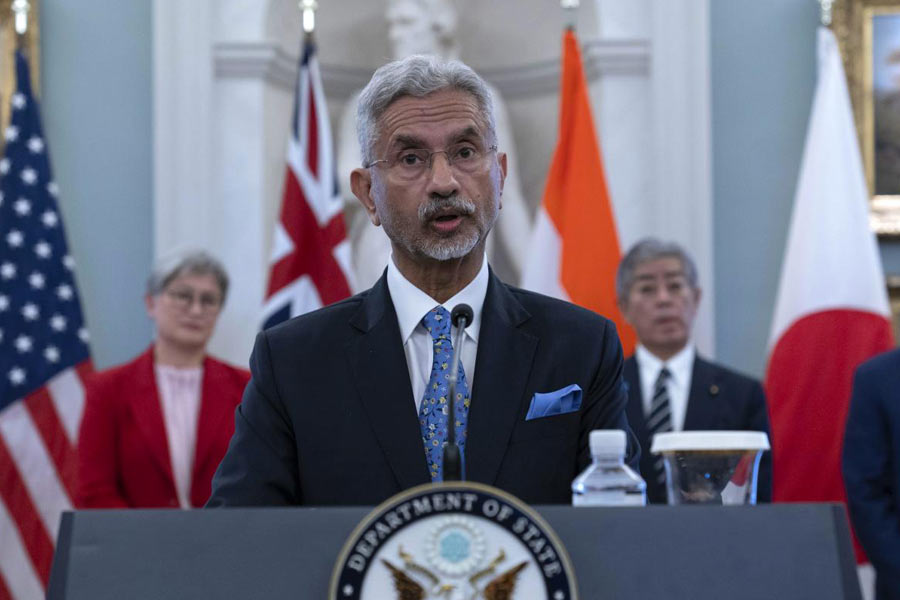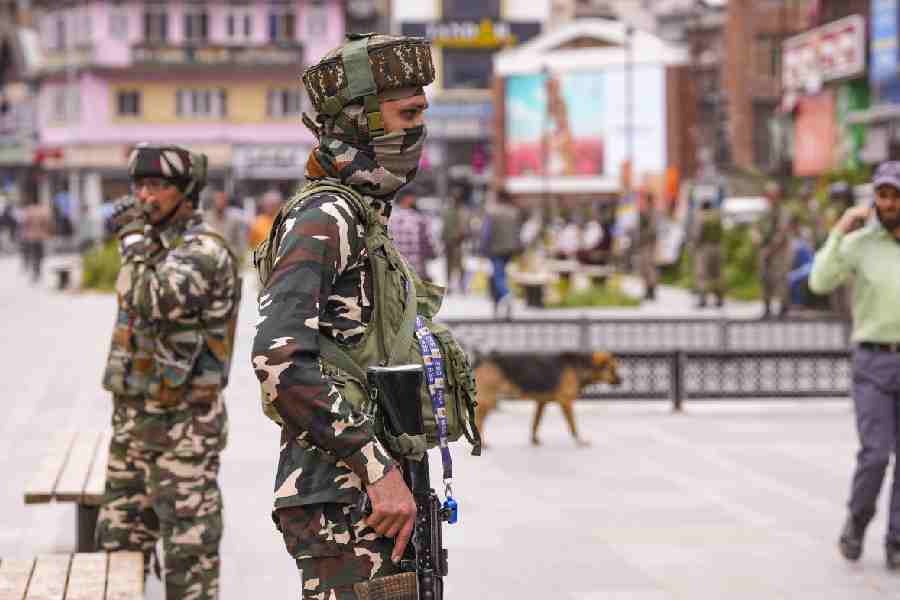Itanagar, May 5: Arunachal Pradesh Remote Sensing Application Centre will submit a Rs 32-crore project proposal to the ministry of earth sciences for microzonation mapping as a measure to take precaution for earth-quakes, landslides and floods.
Seismic microzonation mapping is a process of subdividing a potential seismic or earthquake prone area into zones according to some geological and geophysical characteristics so that seismic hazards at different locations can be identified.
The wake-up call for the state remote sensing department came during a seismic vulnerability study on a village in Upper Siang district, Peki Madi, which continued to experience frequent “jolts” on a daily basis. The director of Arunachal Pradesh Remote Sensing Application Centre, G.C.H. Chennaih, said, the frequent tremors that the villagers of Peki Madi experienced was brought to light by Maryang Geku constituency MLA J.K. Panggeng in 2008.
“Our study on the village, last year revealed high seismic vulnerability. Remote sensing studies using latest satellite data showed that Peki Madi village is located at the junction of a major thrust and a major fault. As Arunachal Pradesh falls in seismic Zone V, one of the most vulnerable areas, utmost precaution is required. We have created a Disaster Management Information System for the state with respect to three disasters — earthquake, landslide and flood under which we did macrozonation. Now, we are preparing a project proposal worth Rs 32 crore for microzonation mapping for earth quake, landslides and floods to submit to ministry of earth sciences for approval in June,” Chennaih said.
The state government, he said, has already been notified about the “disaster sensitivity” of the Peki Madi village.
The department of science and technology has suggested evacuating villagers of Peki Madi to a safer location in the district but the 16 families living there refused to pay heed, Chennaih said.
“We will not leave our ancestral village where our clan is residing for hundreds of years come what may,” D. Pertin, an elderly villager, said.
The macrozonation study indicated that Kurung Kumey and Changlang districts have 303 and 302 villages that fall in highly hazardous zones. Although villages of Papum Pare district are not so vulnerable, 150 villages are moderately vulnerable.
The disaster management department authorities also admitted that they find it a challenge to tackle the situation.
The deputy director of disaster management department, Christina Wanglat, said: “Around 70 to 80 people die due to landslides every year. We find it tough to tackle calamities with limited resources and equipment.”










